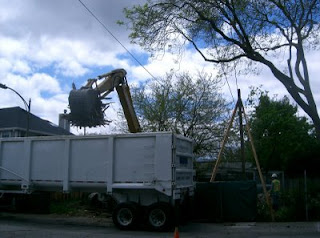Turns out, they now make motion sensing light switches. They look like this.

I installed two and we love what they do for us. When we walk into these rooms, the lights turn on. After we leave, they turn off automatically after a delay. In the process of getting these installed, I have become unusually knowledgeable about motion sensing switches.
First off, they sell both vacancy sensing and occupancy sensing switches. Occupancy sensing switches activate when you enter and turn off, after a delay, when you leave. Vacancy sensing switches turn on only when you push a button and then turn off, after a delay, when you leave. Product packages clearly state the type, except some may say "manually activated occupancy sensor" which apparently means vacancy sensor or perhaps some scientifically created breed derived from these two switch types.
But wait, there's more. Some work with compact florescence lights (cfl's) and some do not! The product packaging does NOT make this clear. IF the package says "fluorescent magnetic ballast lighting" THEN it will not work with cfl's. I like cfl's. I like them so much I will throw away a perfectly good incandescent bulb and replace it with a cfl. Almost all occupancy sensors sold at retail locations are of this type and they do not work with clf's.
There is a technical reason for this situation and it has to do with how houses get wired. In summary, some wall switch boxes have a neutral wire present and some do not, so stores sell the type that do not need a neutral wire to work.
Occupancy sensors are available that work with cfl's and they always require a neutral wire to operate. It took me some extra steps to find them, so I ordered 5.
Bonus outcome, we are using a little less electricity since we tended to leave these lights on more when we had to turn them on and off the old fashioned way.
Rick











 The metal clasp part was bent over kinda backwards, so I bent it back. Oh, I used my son's old Boyscout pocket knife and the Bestman took this photo with his iPhone.
The metal clasp part was bent over kinda backwards, so I bent it back. Oh, I used my son's old Boyscout pocket knife and the Bestman took this photo with his iPhone.







